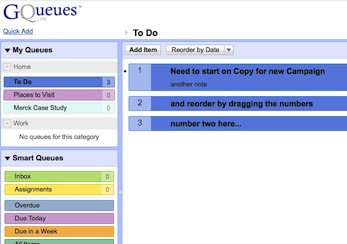I was at Google last night, at their 8th Ave. location in NYC, attending a JavaScript Meetup.
I almost didn’t make it: I was on the waiting list up until the last minute.
So what brought over 125 people into the 10th Floor of Google’s Manhattan franchise?
(By the way, Googlers know how to dress for a NYC summer: they were pouring out of the building around 6:30 all wearing cargo shorts and comfy T-shirts.)
Anyway, we were all there to hear about their JavaScript in-the-cloud service, called Apps Script.
Who would have thunk so many so many passionate developers would be coming out on this rainy night, and why would Google put a client-side language into the stratosphere?
It all became clearer by the end of the talk.




